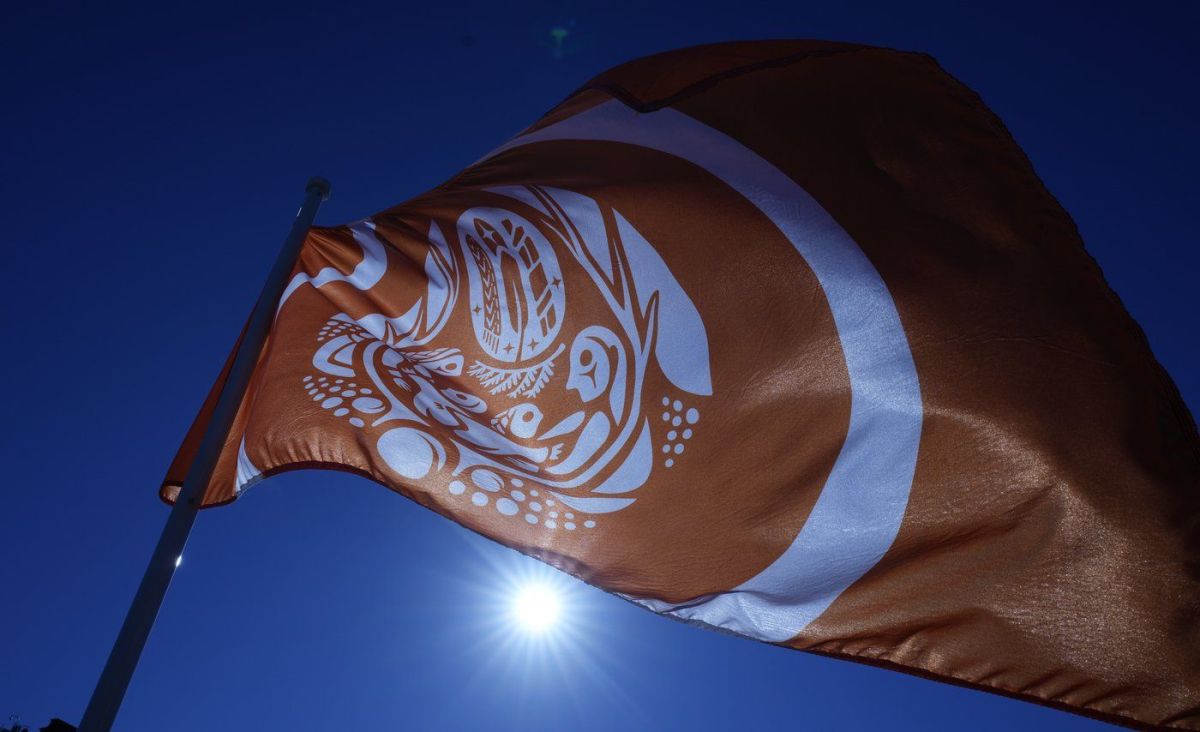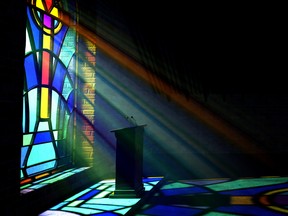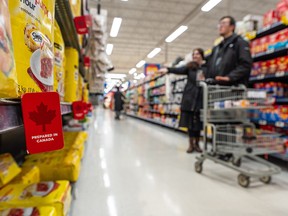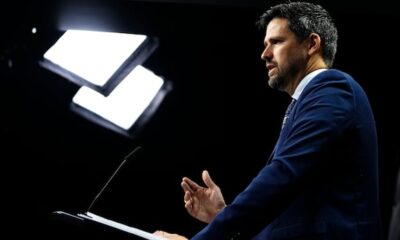Politics
Engage with Truth and Reconciliation Through Art and Literature

The National Day for Truth and Reconciliation, observed on September 30, 2024, serves as a poignant reminder of the ongoing journey towards healing for Indigenous communities in Canada. On this day, a focus on literature and art highlights the importance of understanding and acknowledging the historical injustices faced by Indigenous peoples. Two notable works—Indian Horse by Richard Wagamese and the artwork Daddies by Kent Monkman—provide compelling insights into this narrative.
Exploring Indigenous Voices Through Literature
In a couples book club that delves into a diverse range of literature, many selections by Indigenous authors have emerged as particularly impactful. Among them, Wagamese’s Indian Horse stands out. This novel chronicles the harrowing experiences of a young boy in a residential school during the 1950s, highlighting the trauma inflicted on Indigenous children. The protagonist, despite facing unimaginable challenges, possesses a remarkable talent for hockey, offering a glimpse of hope amid despair.
Wagamese’s storytelling resonates deeply, making it an essential read for anyone seeking to understand the complexities of Indigenous experiences in Canada. The novel not only serves as a narrative of survival but also prompts readers to reflect on the broader implications of historical injustices. For those who prefer visual storytelling, a film adaptation produced by Clint Eastwood is available on platforms such as Prime Video and YouTube, providing a visual counterpart to Wagamese’s powerful prose.
Art as a Medium for Reflection and Challenge
Kent Monkman’s artwork, particularly Daddies, offers a provocative examination of Canadian history through an Indigenous lens. Displayed in his exhibit Shame and Prejudice, this piece reinterprets the iconic painting of the Fathers of Confederation in Charlottetown, inserting an Indigenous female perspective into the narrative. Monkman’s work challenges viewers to confront uncomfortable truths about history and identity, inviting a dialogue on the representation of Indigenous voices in Canadian art.
The Daddies painting showcases a cross-dressing Indigenous figure, provoking thought and discussion about gender and cultural identity. Viewers are confronted with blank expressions from the figures in the painting, prompting questions about visibility and inclusion in historical narratives. This evocative art was part of a traveling exhibit, which many have encountered in locations such as the Halifax Art Gallery.
As the National Day for Truth and Reconciliation unfolds, Wagamese’s literary contributions and Monkman’s striking artwork remind us of the importance of engaging with our past. These works not only unsettle but also uplift, challenging us to reassess our understanding of history and fostering a deeper connection with Indigenous narratives. Recognizing these voices is crucial in moving towards a more inclusive future, where all stories are acknowledged and valued.
-

 Politics4 weeks ago
Politics4 weeks agoSecwepemc First Nation Seeks Aboriginal Title Over Kamloops Area
-

 World5 months ago
World5 months agoScientists Unearth Ancient Antarctic Ice to Unlock Climate Secrets
-

 Entertainment5 months ago
Entertainment5 months agoTrump and McCormick to Announce $70 Billion Energy Investments
-

 Science5 months ago
Science5 months agoFour Astronauts Return to Earth After International Space Station Mission
-

 Lifestyle5 months ago
Lifestyle5 months agoTransLink Launches Food Truck Program to Boost Revenue in Vancouver
-

 Technology3 months ago
Technology3 months agoApple Notes Enhances Functionality with Markdown Support in macOS 26
-

 Lifestyle3 months ago
Lifestyle3 months agoManitoba’s Burger Champion Shines Again Amid Dining Innovations
-

 Top Stories2 months ago
Top Stories2 months agoUrgent Update: Fatal Crash on Highway 99 Claims Life of Pitt Meadows Man
-

 Politics4 months ago
Politics4 months agoUkrainian Tennis Star Elina Svitolina Faces Death Threats Online
-

 Sports5 months ago
Sports5 months agoSearch Underway for Missing Hunter Amid Hokkaido Bear Emergency
-

 Politics5 months ago
Politics5 months agoCarney Engages First Nations Leaders at Development Law Summit
-

 Technology5 months ago
Technology5 months agoFrosthaven Launches Early Access on July 31, 2025



















